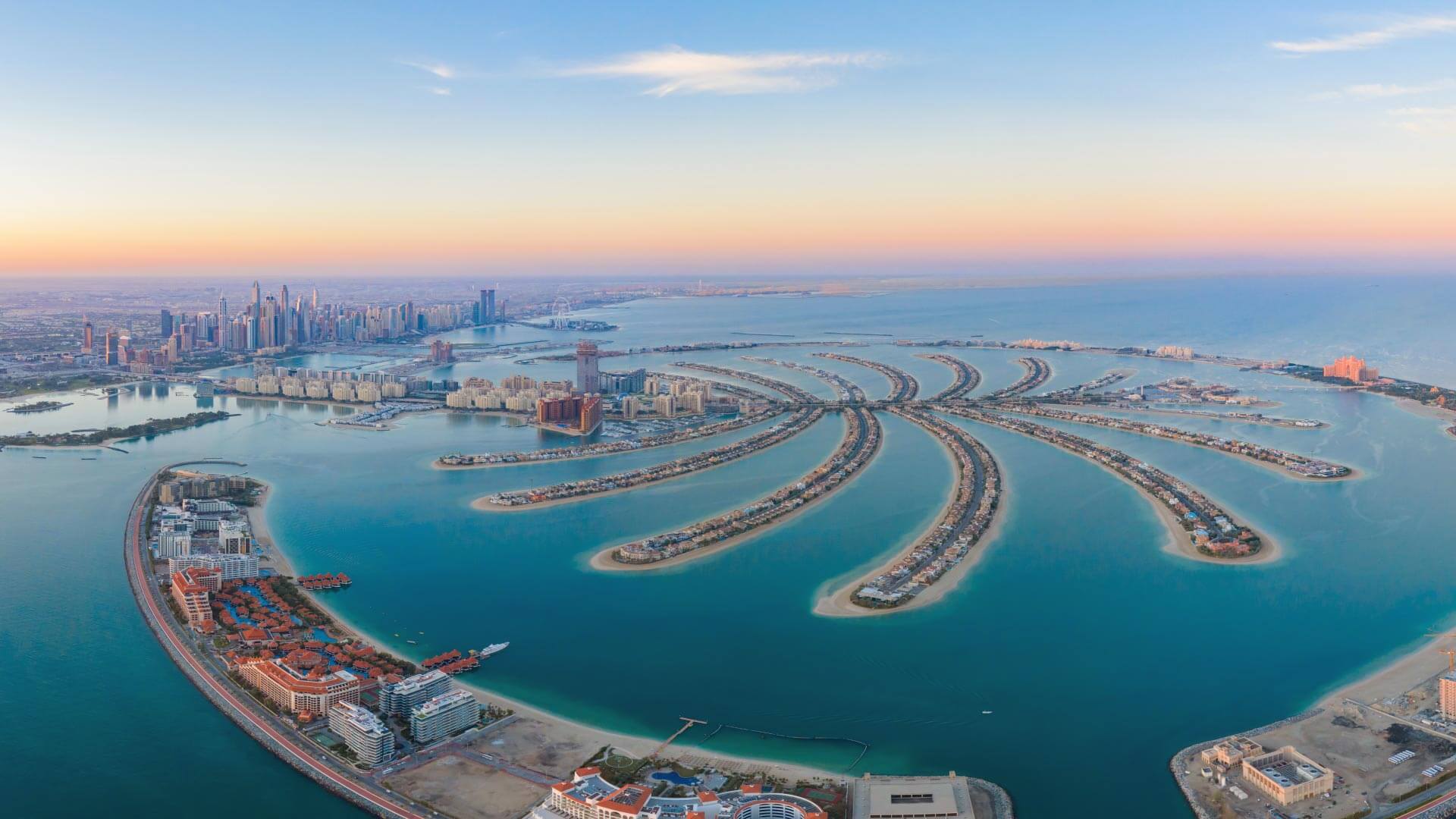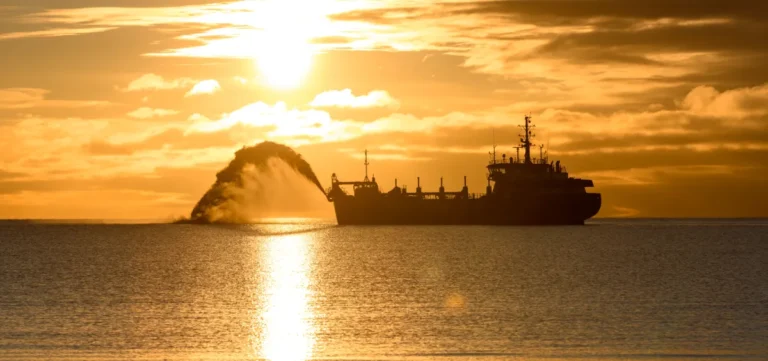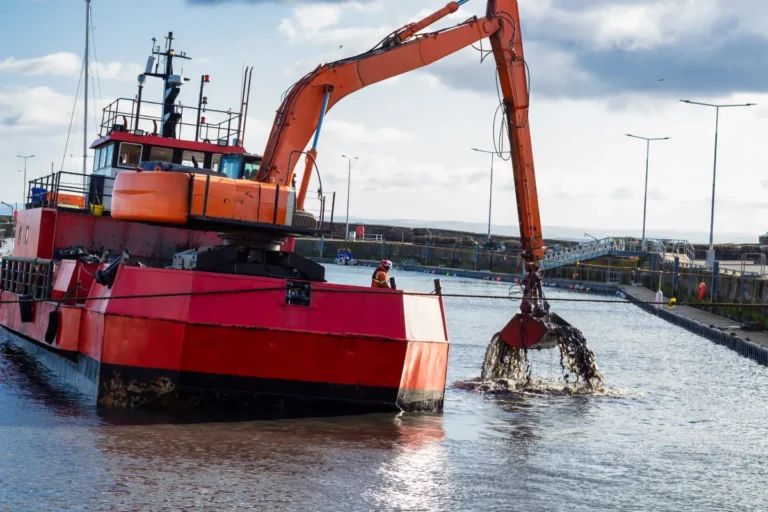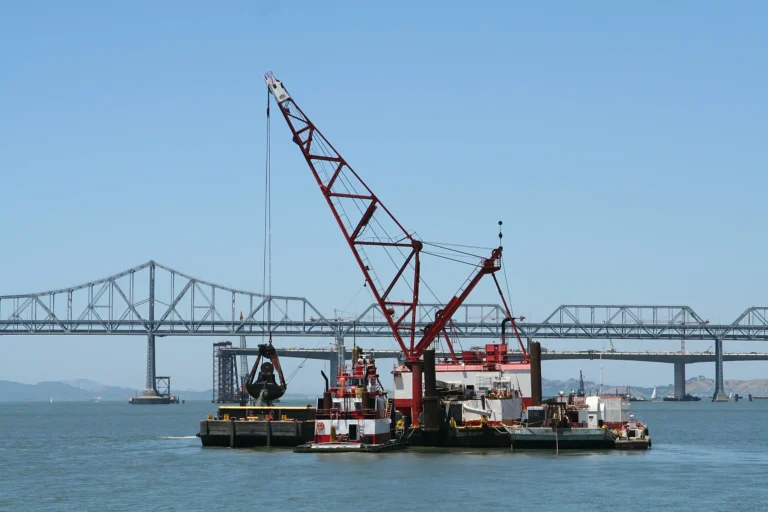Land reclamation has become an essential solution to address the growing demand for usable land in a world facing rapid urbanization and environmental challenges. By transforming unproductive areas—such as coastal zones, water bodies, and abandoned mining sites—into valuable land, this process paves the way for sustainable development.
But what exactly is land reclamation? At its core, it involves creating new land or restoring degraded land through various techniques, including filling, reshaping, and sediment management. This practice supports urban growth, expands agricultural capacity, and protects coastal areas from rising sea levels and erosion.
Dredging, a method of excavating and moving sediment, is a key enabler of successful land reclamation projects. It is essential for creating stable, functional land, whether restoring landscapes damaged by mining activities or developing new coastal zones. Dredging serves as the backbone of reclamation efforts, ensuring efficiency and sustainability.
In this guide, we’ll explore how dredging powers land reclamation projects step by step, with a closer look at its applications, processes, and importance in creating a more sustainable future.
Understanding Land Reclamation
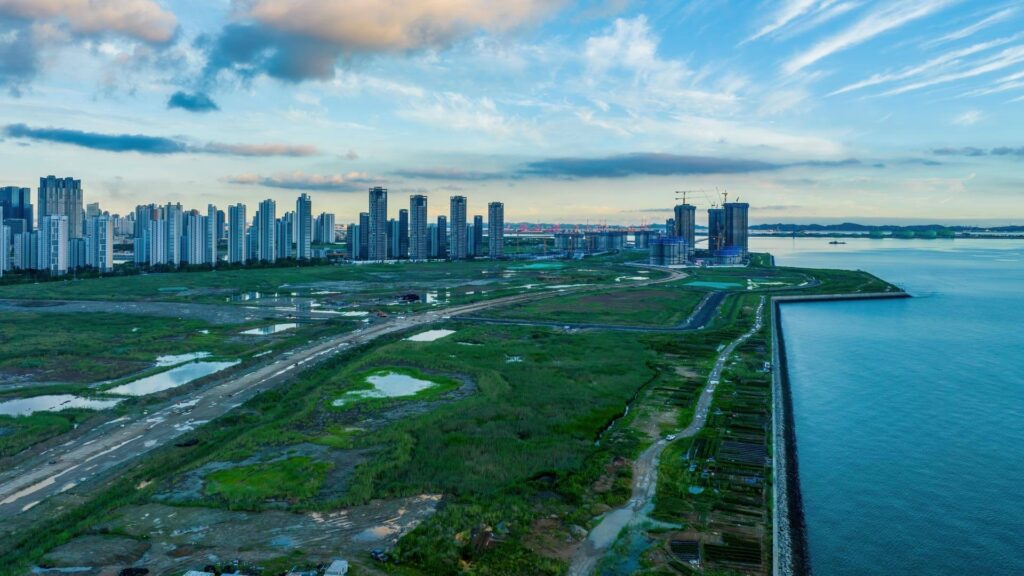
What is Land Reclamation?
Land reclamation refers to the process of creating new, usable land from previously unusable areas such as water bodies, degraded terrains, or barren lands. This can involve filling wetlands or shallow water areas, reshaping landscapes, or restoring land degraded by human activity. The ultimate goal of land reclamation is to enhance the usability of land for purposes like urban development, agriculture, or environmental restoration.
Historically, land reclamation has been practiced for centuries. Early examples include the Netherlands, where large-scale dike systems were used to reclaim land from the sea, and ancient Egypt, where reclaimed land supported agricultural expansion along the Nile. Today, modern technology has allowed for more ambitious projects, turning unproductive regions into thriving hubs of human activity.
Examples of Successful Land Reclamation Projects Globally
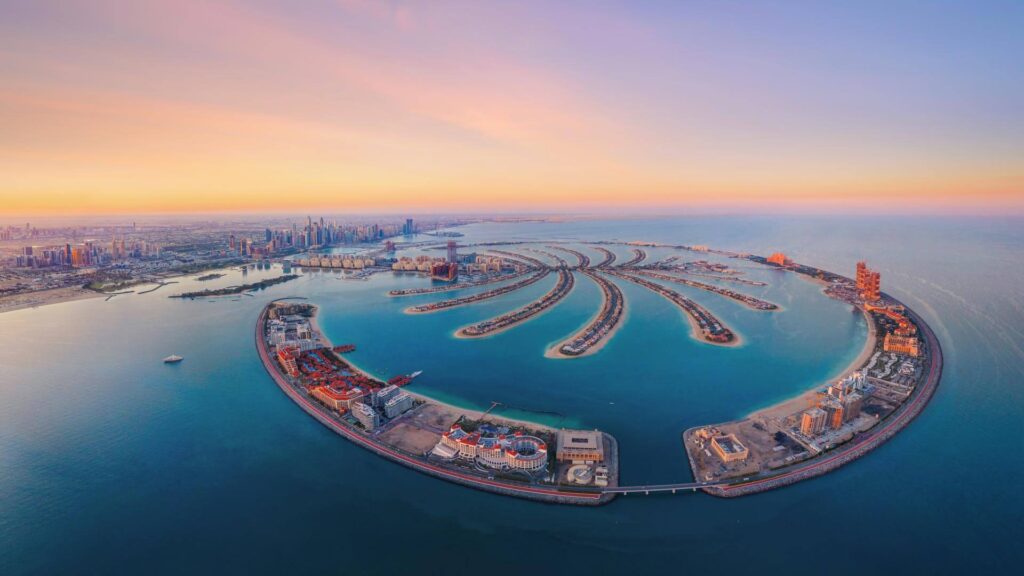
- The Palm Jumeirah, Dubai: An artificial island created through dredging and reclamation, this iconic development provides luxury living space and boosts tourism in the region.
- The Netherlands’ Polder System: Over a third of the country’s land has been reclaimed from the sea, demonstrating the effectiveness of reclamation in coastal zones.
- Chek Lap Kok Airport, Hong Kong: Built on reclaimed land, this project transformed the region’s logistics and transportation infrastructure.
- Mining Land Reclamation in the United States: States like West Virginia and Wyoming have restored vast areas of mined land, turning them into forests, farmland, and recreational zones.
Types of Land Reclamation
- Coastal Reclamation
Coastal reclamation involves creating land along coastlines by filling shallow water areas with materials like sand, rock, or concrete. It is often used to expand urban infrastructure, build ports, or protect against rising sea levels. Examples include Singapore’s Marina Bay and Japan’s Kansai International Airport.
- Mining Land Reclamation
Mining land reclamation focuses on restoring areas impacted by mining operations. Once a site has been mined for resources like coal, metals, or minerals, reclamation involves reshaping the terrain, refilling open pits, and replanting vegetation to make the land safe and functional again. This not only mitigates environmental damage but also allows for future use, whether for agriculture, recreation, or natural habitat restoration.
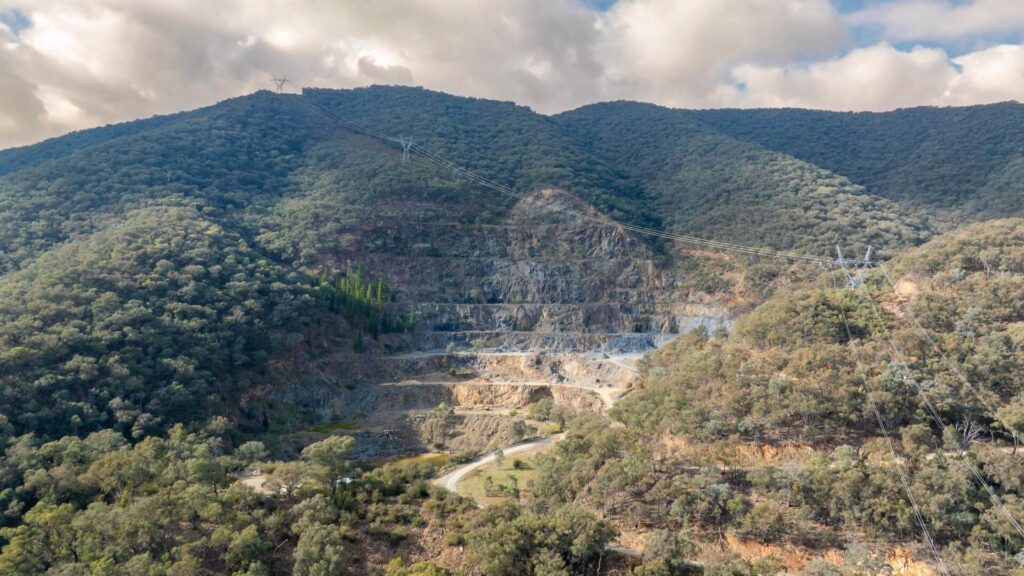
The Importance of Dredging in Land Reclamation
What is Dredging?
Dredging is a specialized process that involves excavating and removing sediments, soil, and debris from water bodies such as rivers, lakes, harbors, and oceans. It plays a pivotal role in land reclamation, where these materials are repurposed to create new land or restore degraded areas. By providing the necessary sediments for filling and stabilizing reclaimed land, dredging ensures that land reclamation projects meet both structural and environmental requirements.
In the context of mining land reclamation, dredging is crucial for restoring mined-out pits or reshaping landscapes to support post-mining land use. Its ability to efficiently remove and relocate sediments makes it a cornerstone of successful reclamation efforts.
Why Dredging is Essential
- Creating New Land
Dredging enables the extraction of sediments from underwater sources, which are then transported and deposited to build new land. This is particularly important in areas like coastal zones, where natural land is scarce. The process ensures that the materials used for land reclamation are suitable for long-term stability, supporting projects ranging from urban expansion to agricultural development.
- Maintaining Waterway Depth
Dredging creates land and ensures that waterways remain navigable and functional during reclamation activities. Maintaining depth is vital for transporting materials and operating heavy machinery. Without dredging, siltation could disrupt operations and delay the progress of land reclamation projects.
Environmental Considerations
While dredging is a transformative tool, its environmental impact requires careful management. Modern dredging techniques prioritize sustainability, ensuring that ecosystems are preserved and restored alongside reclamation efforts.
- Eco-Friendly Sediment Handling: In mining land reclamation, dredged materials are often tested and treated to minimize pollutants before being used to restore land.
- Habitat Preservation: Dredging operations are planned to avoid disruption to aquatic habitats, and reclaimed areas are often designed to enhance biodiversity.
- Sustainable Practices: The industry reduces turbidity and sediment spread by using advanced dredging equipment and techniques, protecting surrounding water quality and marine life.
Dredging balances efficiency with environmental stewardship, supporting the long-term success of land reclamation projects while minimizing ecological impact.

A Step-by-Step Guide to Dredging in Land Reclamation
Step 1: Feasibility Study and Planning
Before initiating any land reclamation project, a thorough feasibility study is conducted. This step evaluates the area’s potential for reclamation, considering factors such as geological conditions, sediment availability, and environmental impact. In mining land reclamation, this phase is critical for identifying areas requiring rehabilitation and assessing how dredging can support restoration efforts. Detailed environmental impact assessments ensure compliance with regulations and help mitigate ecological disruptions.
Step 2: Selecting the Right Equipment
Choosing the appropriate dredging equipment is vital for the efficiency and success of a reclamation project. The type of dredger used—such as cutter suction dredgers, hopper dredgers, or backhoe dredgers—depends on the project’s size, sediment type, and water conditions. For example:
- Cutter Suction Dredgers: Ideal for removing compacted soils and sediments.
- Hopper Dredgers: Suitable for large-scale transportation of dredged materials.
- Backhoe Dredgers: Best for precise excavation in shallow waters.
The right equipment ensures that the dredging process aligns with project goals while maintaining cost efficiency and minimizing environmental impact.
Step 3: Excavation and Sediment Removal
The excavation phase involves removing sediments from the designated area. In land reclamation, this material—often a combination of sand, clay, and rock—is extracted for use in building new land. Advanced dredging techniques ensure that the sediment is removed efficiently without disturbing the surrounding aquatic environment. In mining land reclamation, this step often involves clearing contaminated materials from pits or reservoirs to prepare for land restoration.
Step 4: Transportation and Placement of Material
Once dredged, the extracted materials are transported to the reclamation site. Depending on the project’s scale and distance, various methods, such as pipeline systems, barges, or hopper dredgers, are used to relocate sediments. Placement techniques, like controlled dumping or layering, ensure that the materials are evenly distributed to create a stable foundation for the reclaimed land. This step is crucial for coastal reclamation and for filling large pits during mining site restoration.
Step 5: Compaction and Stabilization
After placement, dredged materials must be compacted and stabilized to ensure long-term usability. Techniques such as soil compaction, drainage, and the addition of stabilizing agents like lime or cement improve the strength and durability of the reclaimed land. In mining land reclamation, stabilization often includes replanting native vegetation to prevent erosion and promote ecological recovery.
Step 6: Environmental Monitoring and Restoration
Ongoing environmental monitoring ensures that the dredging process complies with regulations and minimizes adverse impacts. Restoration efforts, such as creating wetlands or planting vegetation, are often implemented to enhance biodiversity and integrate reclaimed land into the surrounding ecosystem. In mining land reclamation, this step is critical for transforming previously degraded sites into productive and sustainable landscapes.
Applications of Dredging in Mining Land Reclamation
Restoring Degraded Landscapes
Mining operations often leave behind vast areas of disturbed land, including open pits, tailings, and barren terrain. Mining land reclamation uses dredging to rehabilitate these degraded landscapes, turning them into arable land or thriving natural habitats. By removing contaminated sediments and replacing them with clean, nutrient-rich materials, dredging facilitates soil restoration and prepares the land for agricultural use. Additionally, replanting native vegetation and creating sustainable ecosystems ensure long-term environmental recovery while supporting biodiversity.
Waterbody Reclamation
Mining activities frequently result in large pits that can be repurposed into reservoirs, recreational lakes, or wetlands. Dredging plays a vital role in shaping and preparing these waterbodies for new uses. Sediments removed during the process are often utilized to reshape pit contours, create stable shorelines, or establish aquatic habitats. These reclaimed waterbodies can provide valuable resources for irrigation, fisheries, or tourism, making them a key aspect of land reclamation efforts in former mining areas.
Balancing Economic and Environmental Needs
Dredging is essential in balancing economic benefits and environmental sustainability in mining land reclamation. By transforming previously unusable areas into functional spaces, reclamation projects can generate economic opportunities such as agriculture, recreation, or renewable energy development. At the same time, advanced dredging techniques minimize environmental impact, ensuring compliance with regulations and promoting ecosystem recovery. This dual-purpose approach demonstrates how land reclamation contributes to sustainable development while addressing the challenges posed by mining activities.
Challenges and Innovations in Dredging for Land Reclamation

Challenges
- Technical Difficulties in Handling Sediments
One major challenge in land reclamation is managing various types of sediments, which can vary in composition, density, and stability. Fine sediments like silt and clay can be particularly challenging to handle, as they require specialized equipment and methods to prevent excessive turbidity during dredging. In mining land reclamation, dealing with contaminated sediments adds another layer of complexity, as these materials often need treatment before reuse to ensure environmental safety.
- Environmental Concerns and Regulatory Hurdles
Dredging operations can pose risks to aquatic ecosystems, including habitat disruption and water quality degradation. Regulations surrounding land reclamation often require extensive environmental impact assessments and mitigation plans to minimize harm to marine life and surrounding areas. Compliance with strict environmental guidelines is critical in mining land reclamation, particularly when dealing with toxic residues or rehabilitating sensitive ecosystems. Meeting these standards can increase project costs and timelines.
Innovations
- Emerging Technologies Improving Dredging Efficiency
Innovations in dredging technology have significantly enhanced the efficiency and sustainability of land reclamation projects. Modern equipment, such as automated dredgers equipped with GPS and sonar systems, allows for precise sediment removal and placement. Cutter suction dredgers and hopper dredgers with advanced designs minimize sediment spread, reducing environmental impact while improving operational performance.
- Sustainable Practices in Mining Land Reclamation
In mining land reclamation, eco-friendly dredging techniques are being adopted to rehabilitate degraded landscapes. Sediment dewatering systems, for example, enable the reuse of extracted materials while minimizing waste. Additionally, hybrid dredging equipment powered by renewable energy sources helps reduce carbon emissions during reclamation efforts.
- Real-Time Environmental Monitoring
Innovative monitoring systems now allow for real-time tracking of water quality and sediment movement during dredging operations. These systems ensure compliance with environmental guidelines and enable rapid adjustments to minimize ecological disruption. In land reclamation, this approach fosters a balance between development and sustainability.
Conclusion
Dredging is undeniably a cornerstone of land reclamation, enabling the transformation of unusable or degraded areas into functional and sustainable spaces. From urban expansion to the restoration of mining sites, dredging facilitates the removal, relocation, and repurposing of sediments, creating stable foundations for new land. Its role in mining land reclamation is particularly significant, as it helps rehabilitate damaged landscapes, turning them into arable fields, water reservoirs, or thriving natural habitats. By supporting economic development and environmental recovery, dredging demonstrates its importance in addressing modern land use challenges while maintaining ecological balance.
However, as the demand for land reclamation grows, so do the challenges associated with dredging. Technical difficulties, environmental concerns, and regulatory hurdles remain critical issues to address. Fortunately, advancements in dredging technology and sustainable practices are paving the way for more efficient and eco-friendly operations. By embracing these innovations, stakeholders can ensure that land reclamation projects not only meet present needs but also contribute to a more sustainable future for communities and ecosystems alike.

